카바이드 로드 are fundamental in many industries, serving as key components for tools, molds, and various engineering applications. However, their performance depends heavily on the finishing processes applied to their surfaces. Why is this important? Surface finishing optimizes the rods’ durability, wear resistance, and overall functionality—essential traits for precision-driven industries like aerospace, automotive, and medical equipment manufacturing.
In this article, we’ll delve into the intricacies of carbide rod surface finishing, breaking it down into detailed sections. Let’s uncover how these processes refine raw carbide rods into high-performing components!

What is Carbide Rod Surface Finishing?
Surface finishing for carbide rods refers to the set of processes used to enhance the surface properties of tungsten carbide materials. It goes beyond mere polishing; it encompasses techniques to improve hardness, reduce friction, and achieve a specified texture or gloss level. Think of it as the final touch on a masterpiece—it turns an ordinary carbide rod into a tool optimized for precision and endurance.
Surface finishing serves several purposes:
- Improving Durability: It increases resistance to wear and tear, extending the lifespan of components.
- Reducing Friction: A smoother surface minimizes energy loss, making the tools more efficient.
- Enhancing Aesthetics: For tools used in high-profile environments, a flawless finish adds a touch of professionalism.
- Improving Adhesion: In applications like coatings, a well-prepared surface ensures better adherence and performance.
But how do these processes work? That brings us to the technologies employed for surface finishing.
Common 카바이드 로드 Surface Treatment Technologies
The surface finishing of carbide rods involves various methods, each tailored to meet specific requirements. Here’s an overview of the most common technologies:
1. Grinding
Grinding is one of the foundational techniques. Using abrasive wheels, this process removes material to achieve the desired dimensions and smoothness. It’s like carving out perfection with precision tools.
- 장점: High accuracy, effective for complex geometries.
- 단점: Time-consuming and costly for large-scale operations.
2. Polishing
Polishing takes grinding a step further. By using fine abrasives, it creates a mirror-like finish, reducing surface roughness to a minimum. It’s the cherry on top for applications requiring ultra-smooth surfaces.
- 애플리케이션: Precision tools, surgical instruments.
- 혜택: Improved aesthetics and reduced friction.
3. Sandblasting
This technique uses high-speed streams of abrasive materials to clean or texture the surface. Think of it as a micro-scale erosion process that evens out imperfections.
- Key Advantages: Effective for pre-coating preparations.
4. Chemical Etching
A controlled chemical process, etching alters the carbide’s surface for improved performance. It’s like giving the material a chemical makeover to enhance its capabilities.
- 장점: Precision control, ideal for intricate patterns.
- 단점: Requires careful handling of chemicals.
5. Electroplating
Electroplating applies a metal coating to the carbide rod, enhancing corrosion resistance and durability. Imagine it as an armor upgrade for your tools.
- Metals Used: Nickel, chromium, or gold, depending on the application.
6. Diamond Coating
This advanced technique applies a thin layer of diamond particles to the surface, drastically improving hardness and wear resistance. It’s like giving your tools a diamond-studded edge—literally!
- Common Usage: High-performance cutting tools.
- 제한 사항: Costly and requires specialized equipment.
7. Vapor Deposition (PVD/CVD)
Physical Vapor Deposition (PVD) and Chemical Vapor Deposition (CVD) involve depositing thin films onto the surface of carbide rods. These films enhance hardness, reduce friction, and improve oxidation resistance.
- Popular Coatings: Titanium nitride (TiN), aluminum oxide (Al2O3).
8. Lapping
A precision surface finishing process, lapping uses a slurry of abrasive particles to achieve extremely tight tolerances.
- Primary Benefit: Ideal for flat surfaces and stringent dimensional accuracy.


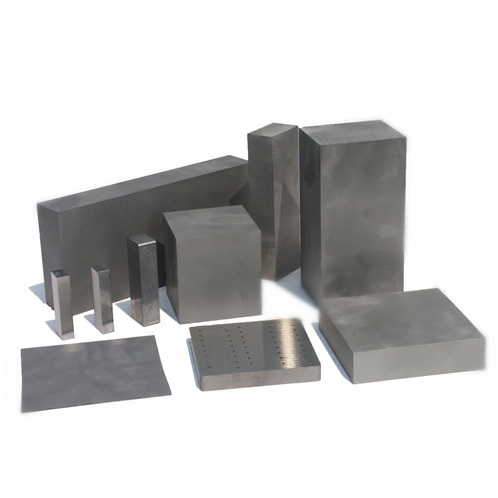
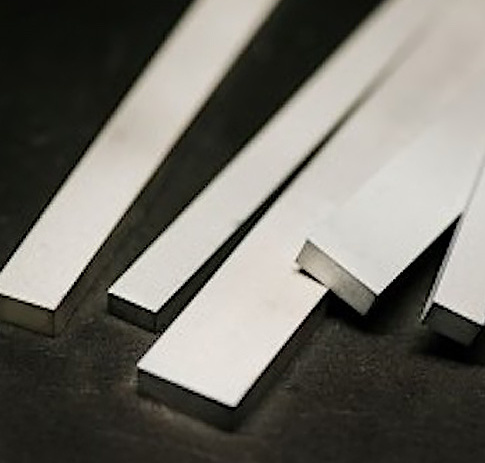
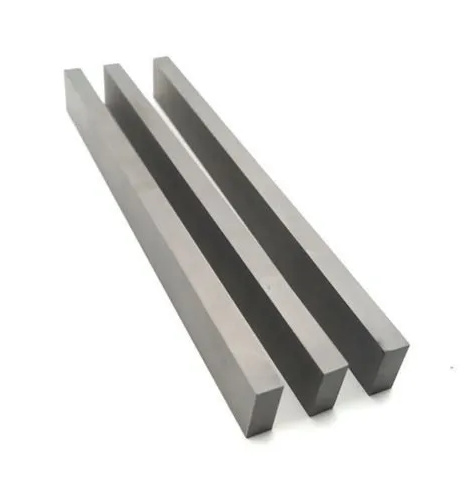
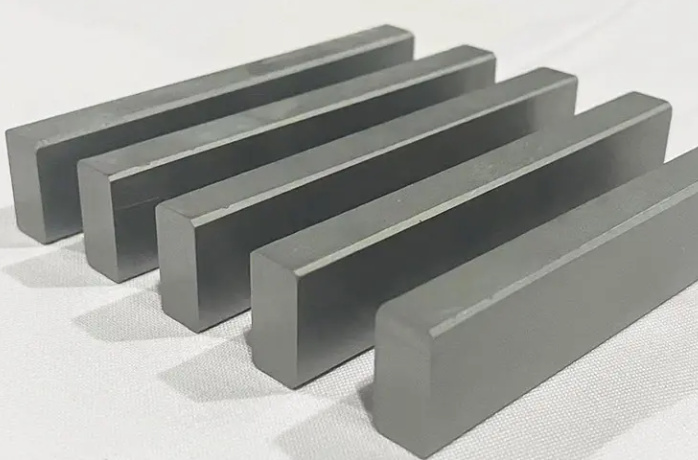
Key Factors of 카바이드 로드 표면 마감
When selecting a surface finishing method, several factors come into play. Here’s a breakdown:
| 팩터 | 설명 |
|---|---|
| 머티리얼 구성 | The type of carbide alloy affects the choice of finishing methods. |
| 애플리케이션 | Specific industries (e.g., medical vs. automotive) have unique requirements. |
| 표면 거칠기 | Determines friction, wear, and adhesion properties. |
| 치수 정확도 | Precision is crucial for cutting tools and molds. |
| 비용 | Advanced techniques like diamond coating may increase production expenses. |
| Scalability | High-volume industries require efficient, scalable solutions. |
The Effect of Carbide Rod Surface Finishing on the Properties of Tungsten Carbide Rod
Surface finishing significantly alters the physical and chemical properties of tungsten carbide rods. Here’s how:
1. Wear Resistance
Enhanced finishing methods like diamond coating dramatically improve wear resistance. It’s like upgrading from regular tires to heavy-duty all-terrain ones.
2. Friction Reduction
Polishing and vapor deposition lower friction, which is critical for cutting tools that operate at high speeds.
3. Corrosion Resistance
Electroplating and chemical treatments form protective layers, shielding the rods from environmental degradation.
4. Enhanced Strength
Surface treatments can improve load-bearing capacity, making the rods more suitable for heavy-duty applications.
Examples of Carbide Rod Surface Finishing for Cutting Tools, Molds, and Engineering Components
- 절단 도구: Diamond-coated carbide rods offer unmatched precision for machining tough materials like titanium and hardened steel.
- Molds: Polished carbide rods ensure a flawless finish on injection molds, vital for industries like plastics and medical devices.
- Engineering Components: Sandblasted carbide rods provide a uniform surface for high-stress applications in aerospace and automotive sectors.
The Demand for Carbide Rod Surface Finishing in Different Industries
1. Aviation
The aviation industry demands tools that can withstand high stress and extreme temperatures. 카바이드 로드 with advanced surface finishes deliver the reliability and precision required.
2. 자동차
From engine components to cutting tools for manufacturing, the automotive sector benefits immensely from polished and coated carbide rods. They’re the unsung heroes behind the scenes of car production.
3. Medical Equipment
Medical-grade carbide rods need exceptional finishing to meet hygiene and precision standards. Polished surfaces reduce friction in surgical instruments, ensuring safety and efficiency.
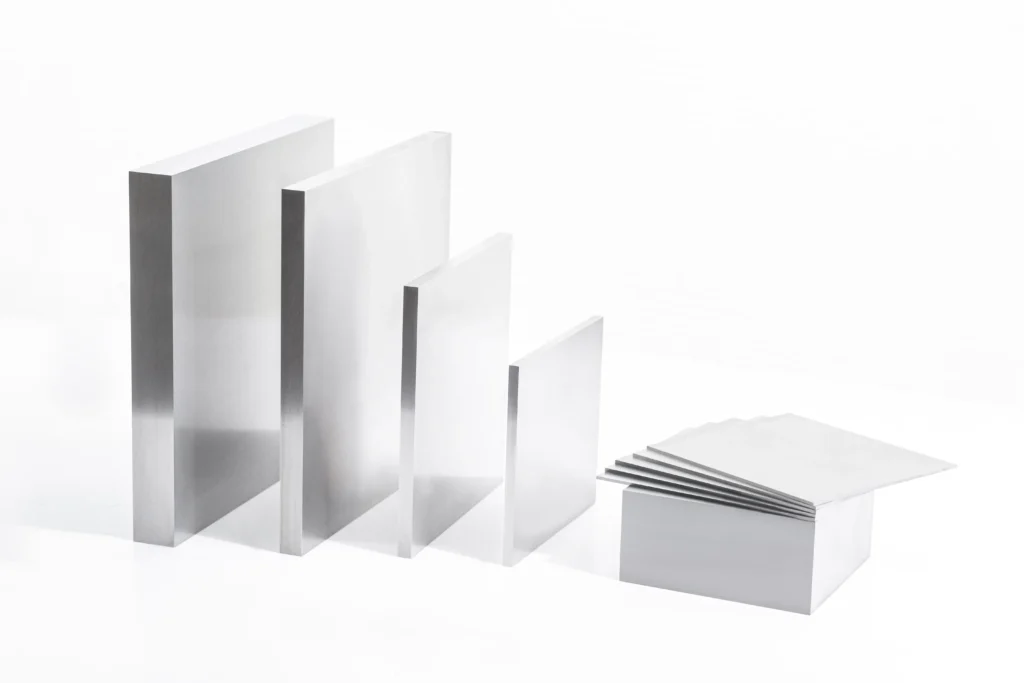
자주 묻는 질문
| 질문 | 답변 |
|---|---|
| What is the primary purpose of surface finishing? | To improve durability, reduce friction, and enhance performance. |
| Which industries use carbide rods extensively? | Aviation, automotive, and medical equipment manufacturing are major users. |
| What is the most durable surface finishing technique? | Diamond coating offers unparalleled wear resistance. |
| How does surface finishing affect cutting tools? | It improves sharpness, reduces wear, and enhances cutting precision. |
| Is polishing necessary for all carbide rods? | Not always; it depends on the application’s specific requirements. |
| 표면 처리는 비용이 많이 드나요? | Advanced techniques like PVD/CVD can be costly but offer long-term value. |
| Can surface finishing reduce environmental damage? | Yes, by increasing the lifespan of tools, it minimizes waste and resource consumption. |


